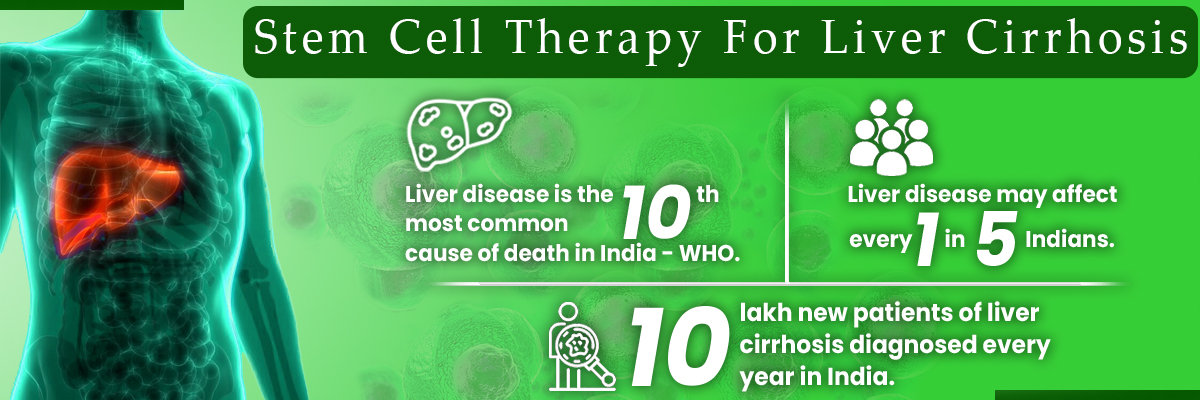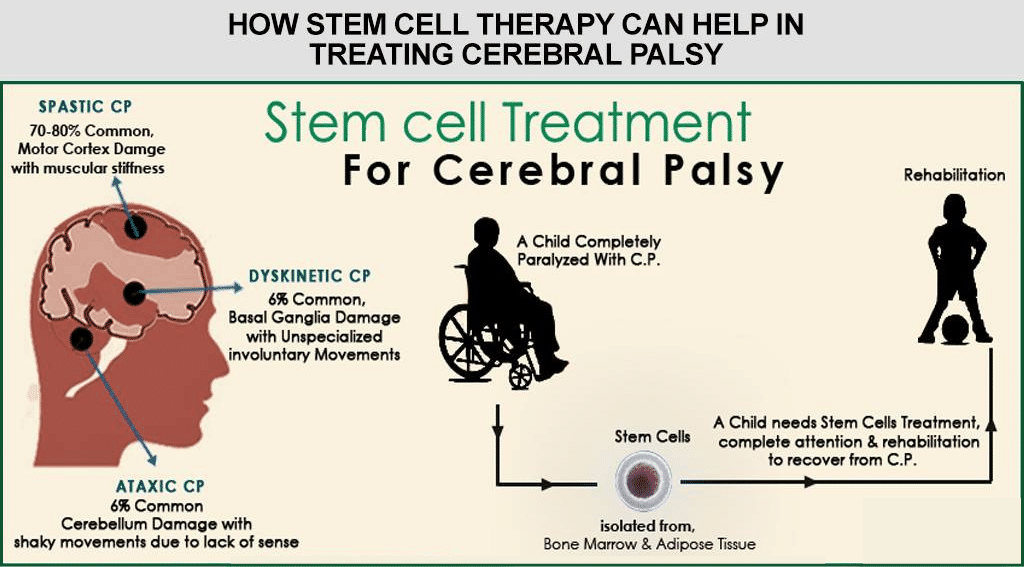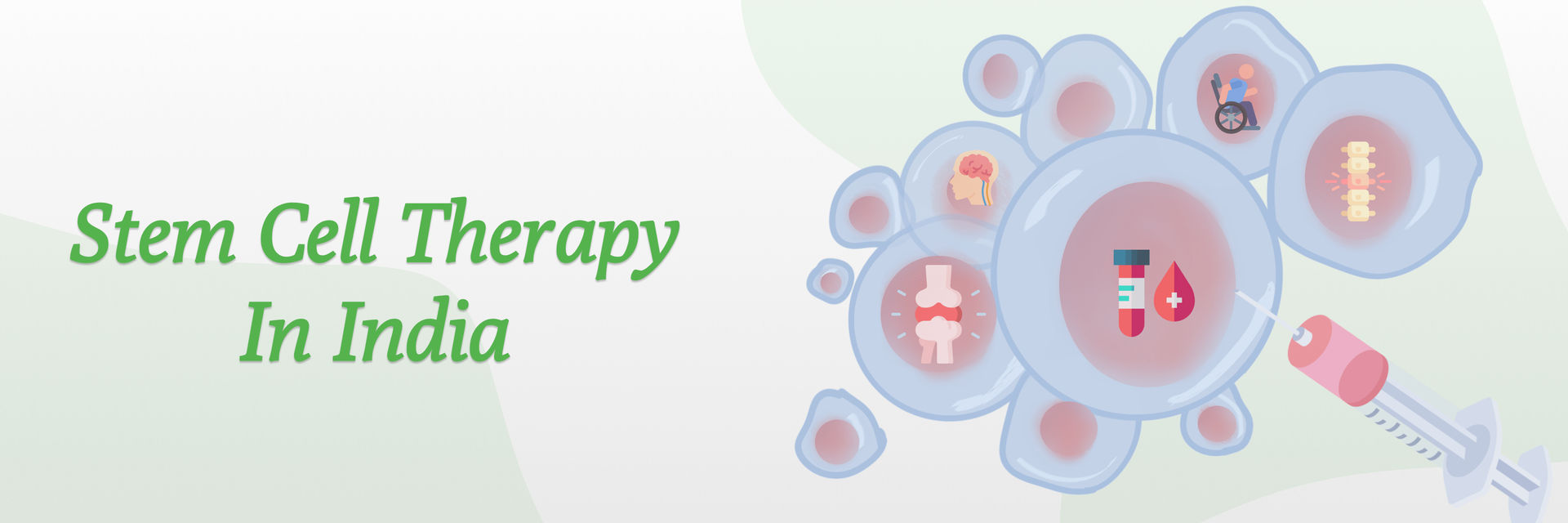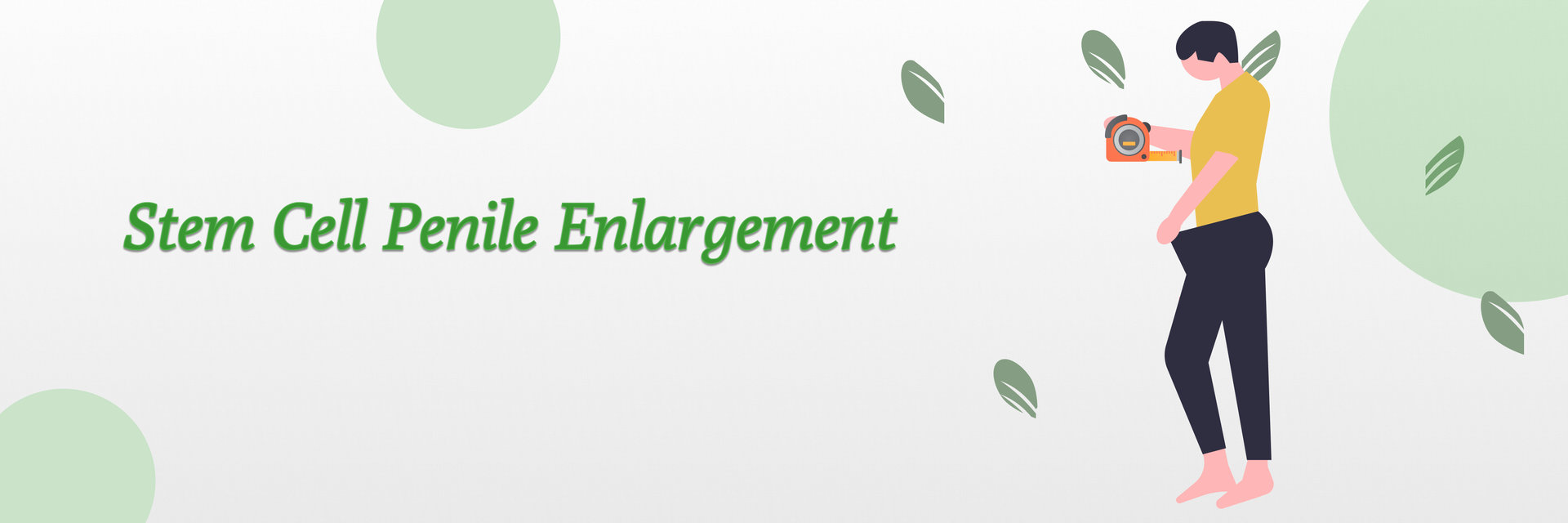India, with its burgeoning population and increasing number of vehicles, witnesses a high incidence of spinal cord injuries. According to the Indian Spinal Injuries Centre, India sees around 15,000 new cases of SCI each year. The causes range from road traffic accidents, falls, violence, and sports injuries to non-traumatic conditions like infections and tumors. The burden of SCI is not just medical but also economic, as individuals with SCI often require lifelong care and support.

Despite advancements in medical technology, managing SCI remains a challenge. Conventional treatments focus primarily on rehabilitation and managing complications rather than reversing the damage. However, regenerative medicine, particularly stem cell therapy, is emerging as a beacon of hope. This blog will delve into how stem cell therapy works, its potential benefits, and the latest research findings. Our focus is to provide clear, concise information, making this innovative treatment approach accessible to everyone seeking hope and healing.
Experiencing symptoms? Your health is too important to ignore – schedule your appointment now for a thorough evaluation and personalized care.
FDA Approval Status of Stem Cell Therapy for SCI
The U.S. Food and Drug Administration (FDA) is known for its stringent regulations to ensure patient safety and efficacy of treatments.
As of now, the FDA has not approved any stem cell-based therapies for the treatment of spinal cord injuries. However, several clinical trials are underway to evaluate the safety and efficacy of different types of stem cells in SCI treatment. These trials are crucial steps towards potential approval and widespread clinical use.
A paper by Kazuyoshi Yamazaki, Masahito Kawabori, and Kiyohiri Houkinanalyzeddata was obtained from over fifteen clinical trials.
Most of these trials used analogous bone marrow-derived stem cells. Several trials were also conducted with mesenchymal stem cells derived from adipose tissue.
All these trials have shown promising results. While a complete cure is not possible yet, they have shown massive strides in regaining the movement of affected limbs.
How Successful is Stem Cell Therapy for Spinal Cord Injury?

The success of stem cell therapy for spinal cord injuries is still a subject of ongoing research. Early clinical trials and case studies have shown promising results, including:
- Improved Motor Function: Patients have reported enhanced motor abilities post-treatment.
- Sensory Improvements: Some individuals have experienced regained sensations in previously numb areas.
- Reduced Pain: Chronic pain, a common complication of SCI, has shown improvement in some cases.
However, it's essential to understand that results can vary based on several factors, including the severity of the injury, the type of stem cells used, and the overall health of the patient. Long-term studies and larger clinical trials are needed to establish definitive success rates and outcomes.
Curious about how Stem Cell Therapy can aid in Spinal Cord Injury? Take charge of your health and life – contact us today for insights and explore potential treatment options.
Where Can I Get Stem Cell Treatment for Spinal Cord Injury in India?
Stem cells for spinal cord injury are available in several Western countries, such as Switzerland, Spain, the USA, and Canada. It has also recently become available in Asian countries like Japan.
This treatment has successfully undergone clinical trials in India for over ten years. India is becoming a hub for medical tourism, including advanced treatments like stem cell therapy. Several hospitals and specialized clinics offer stem cell treatments for spinal cord injuries.
It is crucial to choose a reputable institution that follows ethical practices and has a track record of success in treating spinal cord injuries with stem cell therapy.
Eligibility:
How does one know if they qualify for stem cell treatment for spinal cord injury?
Certain guidelines have been laid down to have a uniform standard for clinical trials.
Each clinical trial will have a few requirements besides those stated below. Your physician will explain these.
- The spinal cord injury should not be over one year old.
- Patients above the age of sixty-five are generally not suggested this option.
- This procedure is not for you if you have an extensive medical history.
What type of stem cells are used to treat spinal cord injuries?
There are four main types of stem cells used for this treatment.
| Type of stem cell | Description |
| Bone-marrow-derived stem cells |
|
| Embryonic Stem Cells | Quite a few trials use these stem cells. However, they are difficult to obtain, which makes them less popular. |
| Umbilical stem cells |
|
| Mesenchymal stem cells extracted from the fatty tissue of the abdomen | They have not shown promising results, so they are not usually preferred. |
Exploring the potential of Embryonic Stem Cells to repair a severed spine? Take the first step to recovery – get in touch with us for personalized treatment information and support.
How Could an Embryonic Stem Cell be Used to Repair a Severed Spine?
Are you scratching your head trying to figure out how does one get embryonic stem cells? We’ve got the answer!
Embryonic stem cells are extracted from frozen embryos, never implanted for in vitro fertilization. These embryos are used after getting signed informed consent from the parents.
We have already seen all the wonderful properties stem cells possess. Embryonic stem cells are more effective in repairing a severed spine.
The stem cells are still immature, making it easier to adapt to neural tissue. In other words, they have a higher differentiation potential.
What to Expect After Treatment?
We are sure you’re curious to know how long recovery will take after this procedure.
Well, there is no straightforward answer. It would help if you were mentally prepared not to see any instant changes though.
A study by the Mayo Clinic highlighted an improvement in sensory and motor symptoms after three, six, twelve, and eighteen months from the transplant date. Most other studies have also reported similar observations.
So, you can expect a gradual improvement in your range of motion and daily bodily functions.
If you would like to know the after-effects of stem cell therapy, then read ahead our blog on 100 days post stem cell transplant
Benefits and Risks
Like every medical procedure, this one also has its benefits and risks. But do the benefits outweigh the risks? Read on and decide for yourself.
| Benefits | Risks |
| Tangible improvement in symptoms | Clinical trials haven’t been concluded |
| It has the potential to fix the damage to the spinal cord | Donor cells might be rejected |
| Long-term benefits due to repair of the spinal cord from the cellular level | Possibility of an Infection at the site of transplantation (it has not been observed in any clinical trials so far) |
Side Effects of Stem Cell Therapy for Spinal Cord Injury
You can experience mild side effects like headaches, nausea, and dizziness after this treatment. However, these are transitory and disappear quickly.
You will be glad to learn that any study over a decade of research has reported no long-term side effects.
Cost of Stem Cell Treatment for Spinal Cord Injury
It’s now time to discuss the impact of this treatment on your wallet. This question does not have a straightforward answer. The factors that affect your cost are:
- The type and severity of the spinal cord injury
- The type of facility you choose to get your treatment from
- The type of stem cells required for the procedure
- Your medical history
- Any care required after the procedure
In India, this procedure costs 8000 to 12000 USD. This cost includes any hospital stay as well.
For the same procedure, you can expect to pay 20,000 to 30,000 USD in most European countries and up to 50,000 USD in the US
Seeking Stem Cell Treatment for Spinal Cord Injury? Your well-being is our priority – call us today to book your appointment and explore options for a brighter, healthier future.
Procedure of Stem Cell for Spinal Cord Injury
Let us now walk you through the steps of a stem cell transplant.
- The first step is harvesting stem cells. The hip bone is the most common harvest site for bone-derived stem cells. In most cases, an autologous transplant is performed, which means the stem cells are retrieved from the patient’s body.
- The next step is to prepare the stem cells, which are prepared into a concentrated solution in a laboratory.
- The final step is transplantation. The stem cells are inserted back into the body, usually by an intrathecal route, which means they are injected directly into the cerebrospinal fluid through a spinal tap.
- In some cases, embryonic or umbilical stem cells are also used.
Stem cell therapy represents a groundbreaking approach to treating spinal cord injuries, offering hope where traditional treatments fall short. While the journey towards widespread clinical use and regulatory approval is ongoing, the current research and clinical trials provide a glimpse into a future where spinal cord injuries may no longer be a lifelong sentence.
With its advanced medical facilities and growing expertise in stem cell research, India is poised to play a significant role in this transformative field. As we continue to unlock stem cell potential, patients with spinal cord injuries may soon have access to treatments that can significantly improve their quality of life.






